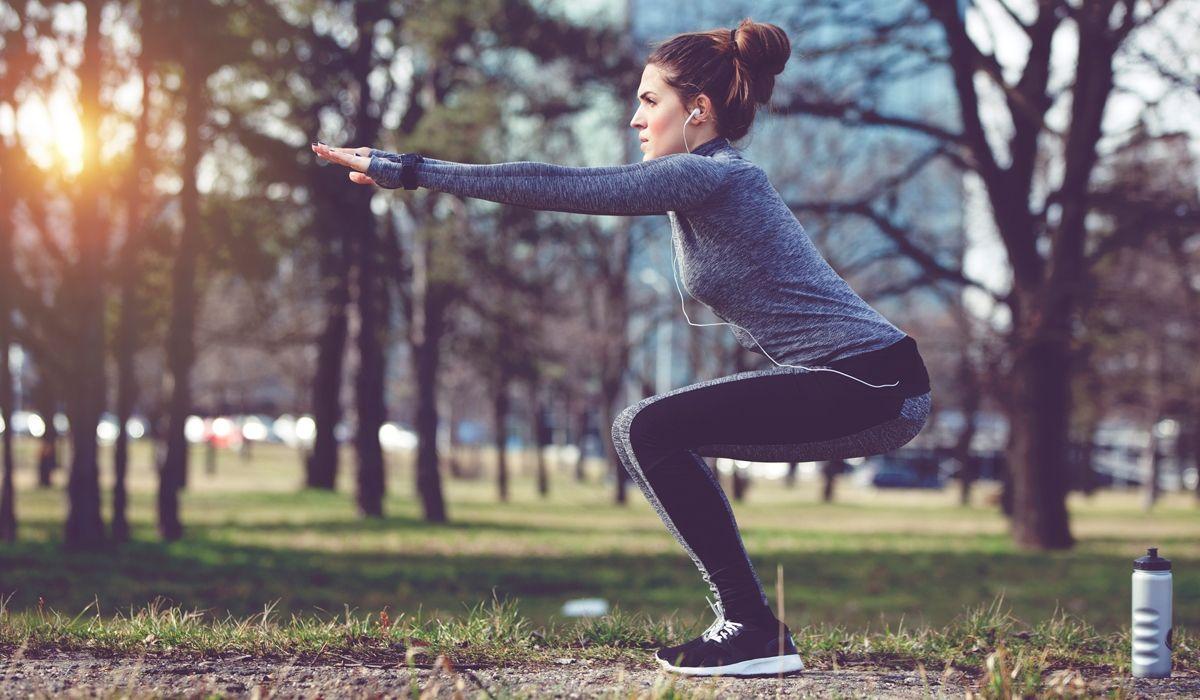
Your body may burn more calories working out in colder outdoor temperatures due to the increased effort required to maintain your body’s core temperature. However, the exact amount of extra calories burned is likely to vary based on individual factors such as body composition, fitness level, and the intensity of the workout.
One study published in the Journal of Clinical Investigation found that winter workouts in cooler temperatures around 14°C (57°F) led to a 93% increase in energy expenditure compared to exercising in temperatures around 24°C (75°F) in healthy, non-obese adults (1). This suggests that working out in cooler temperatures may lead to a greater calorie burn compared to working out in warmer temperatures.

Colder temperatures during winter workouts can stimulate the activation and burning of brown adipose tissue (BAT), also known as brown fat. Brown fat is a specialized type of fat that generates heat by burning calories, which can help regulate body temperature and contribute to weight loss.
When you are exposed to cold temperatures, your body responds by activating brown fat to generate heat and maintain body temperature. This activation is mediated by a protein called UCP1 (uncoupling protein 1), which is found in the mitochondria of brown fat cells. UCP1 uncouples the process of ATP production from the electron transport chain, allowing energy to be dissipated as heat instead of being stored as ATP.
Research suggests that exposure to cold temperatures can increase the amount of brown fat in the body and enhance its metabolic activity, resulting in increased energy expenditure and potentially leading to weight loss.

However, it’s worth noting that the intensity and duration of the workout will also play a significant role in determining the number of calories burned. For example, a high-intensity workout in warmer temperatures could potentially burn more calories than a low-intensity workout in colder temperatures. Check out our class schedule today.
Theme: Illdy. © Copyright 2016. All Rights Reserved.
